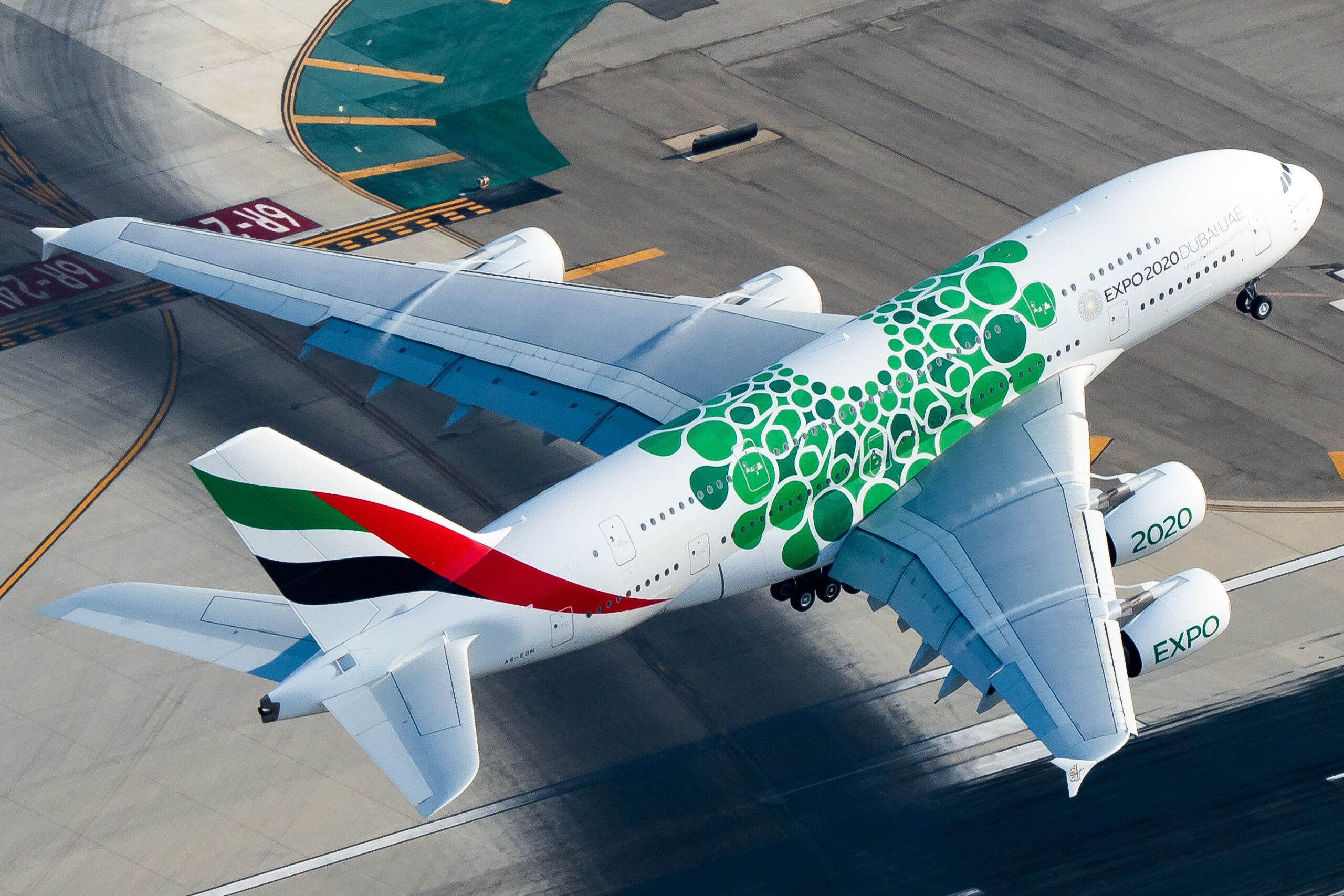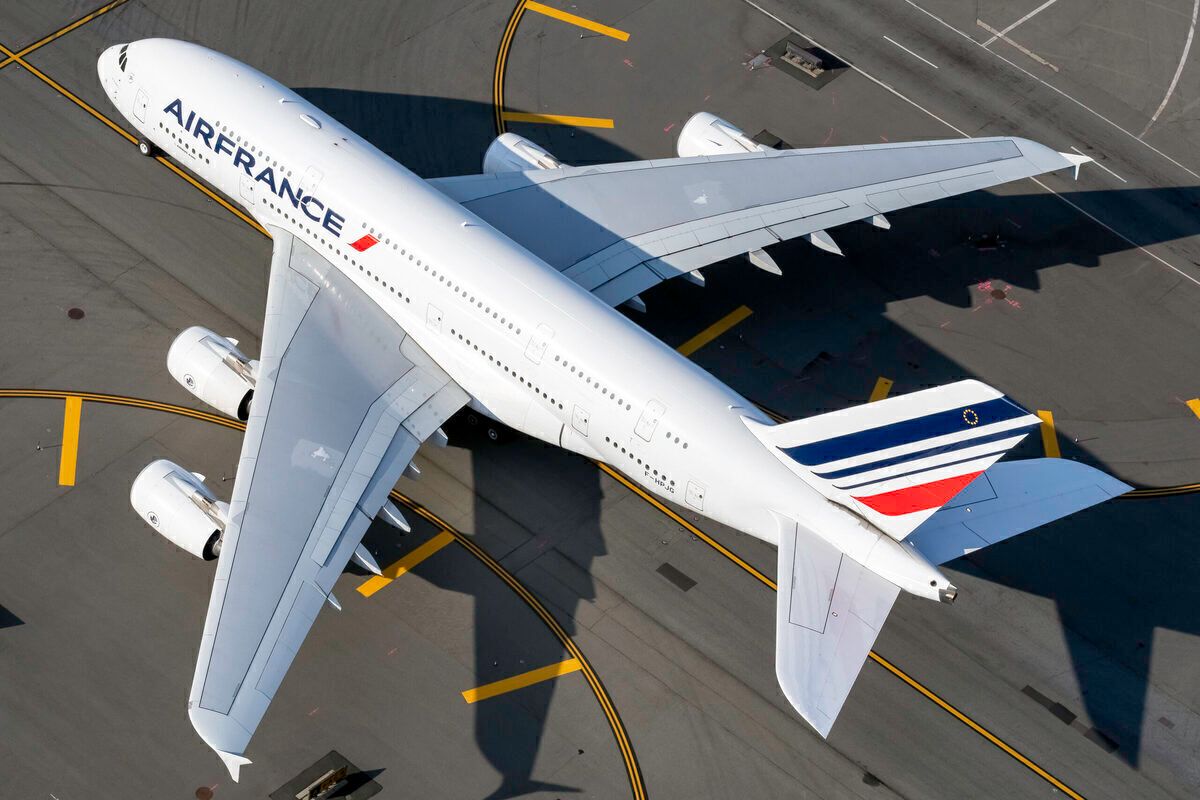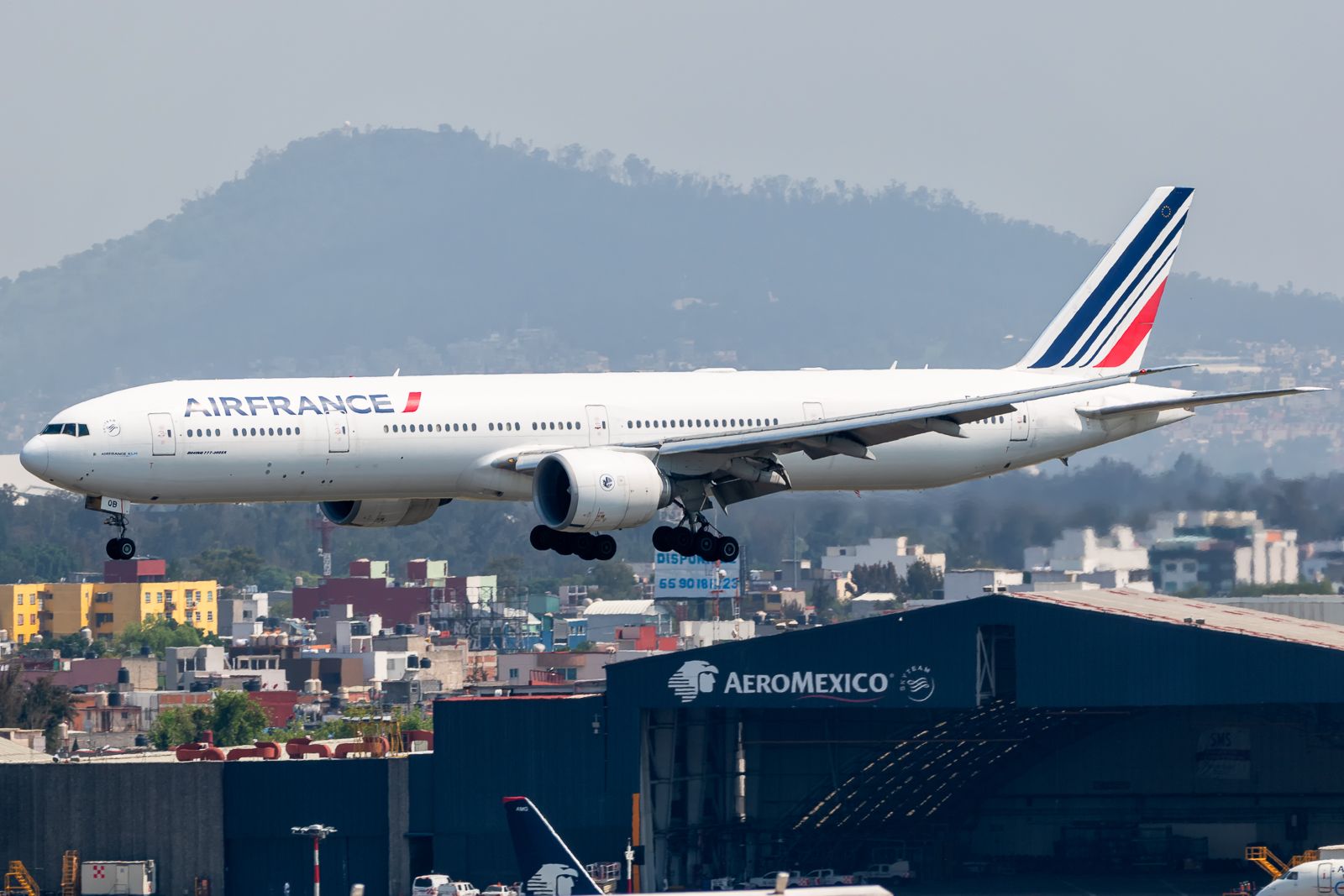The Airbus A380 has been one of the most iconic aircraft of the last few decades, despite not being the sales super hit Airbus was hoping it would. According to ch-aviation, there are 254 A380 planes worldwide, operating for 14 carriers; none of them are from the Latin American region - why?
The A380 never got to Latin America
When Airbus introduced the A380 project, it seemed like an extraordinary aircraft. However, as the years went by, it was clear that the superjumbo had arrived too late into the commercial aviation market. The A380 was an expensive aircraft and didn’t have enough efficiency for most airlines worldwide.
Therefore, Airbus only ever got 251 orders for the A380 in almost two decades of history. Up until August, Airbus only had to deliver three more new units to Emirates; after that, the A380’s history will enter a new chapter.
Latin American carriers were never interested in the Airbus A380. It is fair to say also that, in the past, the airlines for the region didn't have too much interest in the A380’s rival, the Boeing B747, either. But there were some operators of the Queen in Latin America.
The main operator in the region was Varig. The Brazilian carrier had up to 11 ‘Queens of the Sky’ at the same time back in the nineties. Other Latin American airlines that had 747 planes were Aerolíneas Argentinas, Avianca, VIASA, Aerosur, and Surinam Airways.
Why the A380 wasn’t viable for South American commercial aviation
The A380 came into the market too late. Its first commercial flight happened in 2007, 37 years after Boeing introduced the B747. By that time, there were just a handful of 747s in South America.
Likewise, the South American carriers faced a complex economic and commercial landscape in the mid-2000s. The widebody, four-engine aircraft were not necessary for the region. In fact, they still aren't.
Currently, just a few Latin American airlines have widebody fleets. Aeromexico has fewer than 20 Boeing 787s; Avianca has its B767 and 787 aircraft; LATAM has some B767, B777, and B787 (it used to have a few Airbus A350); finally, Azul Linhas Aereas and Aerolíneas Argentinas use some Airbus A330 aircraft. It is safe to say, all these airplanes have lower costs than the A380 and B747, and are better to serve the Latin American markets.
Going forward, Boeing expects Latin America will require 2,530 new commercial aircraft in the next 20 years. Of this total, only 8.65% will be widebody planes, like the 787. Plain and simple, the superjumbo doesn’t have a market among Latin American carriers.
Which airports receive the A380 in Latin America?
While no Latin American carrier has the A380, it doesn’t mean that this type of plane hasn’t operated in the region. However, it is a rare bird to see in Latin American airports.
Prior to the COVID-19 crisis, only two airlines scheduled flights with the A380 to Latin America. Air France had its Paris-Mexico City route, and Emirates had its Dubai-São Paulo. Both routes had a daily flight. These two airports were the only ones when one could see, on a regular basis, the A380 in the region.
Nowadays, due to the impact of the COVID-19 crisis, the A380 is no longer flying to Latin America, according to stats provided by Cirium. Instead, Air France is deploying its Boeing 787 and B777-300ER aircraft on its route to Mexico City; meanwhile, Emirates is using the B777-300ER to São Paulo.
Would you have liked to see a Latin American airline using an Airbus A380? Which airline? Let us know in the comments.



